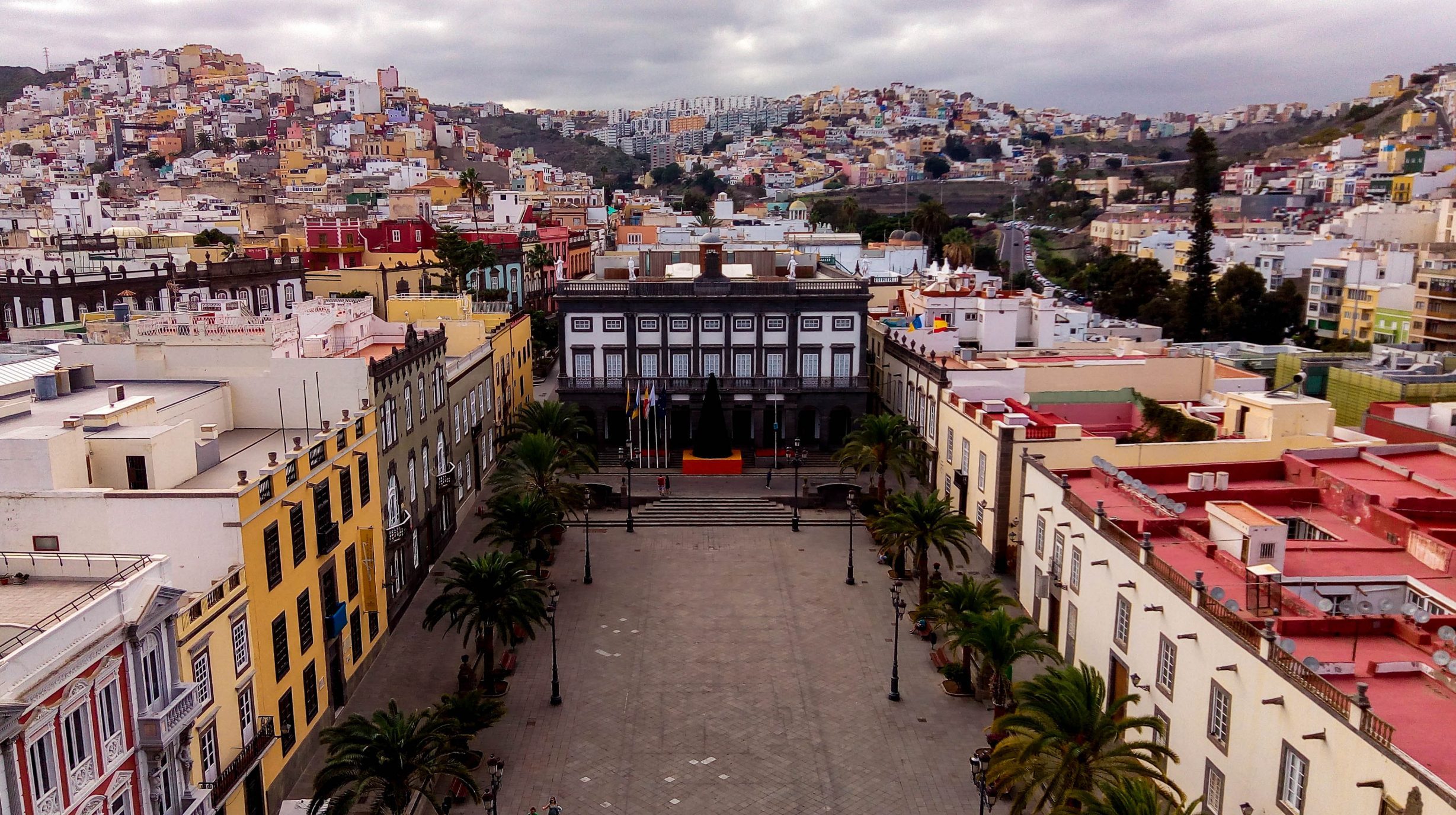Explore the fascinating miniature continent – Gran Canaria
Known as A continent in miniature, Gran Canaria stands out for its amazing contrasts and varied landscapes. On the same day, you can enjoy the wonderful beaches and sand dunes. But, also go up to the mountains and enjoy the beautiful Canarian pine forests.
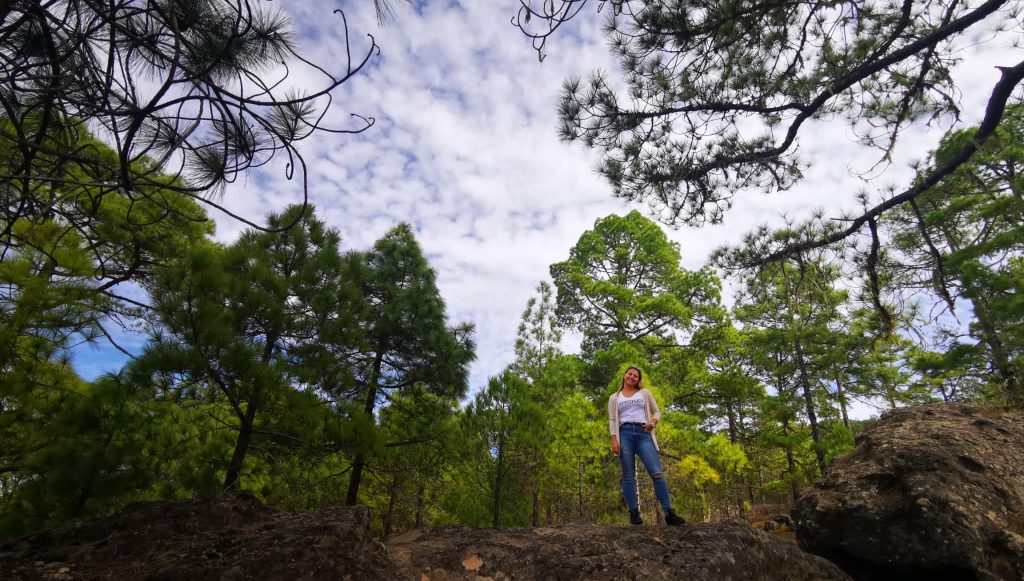
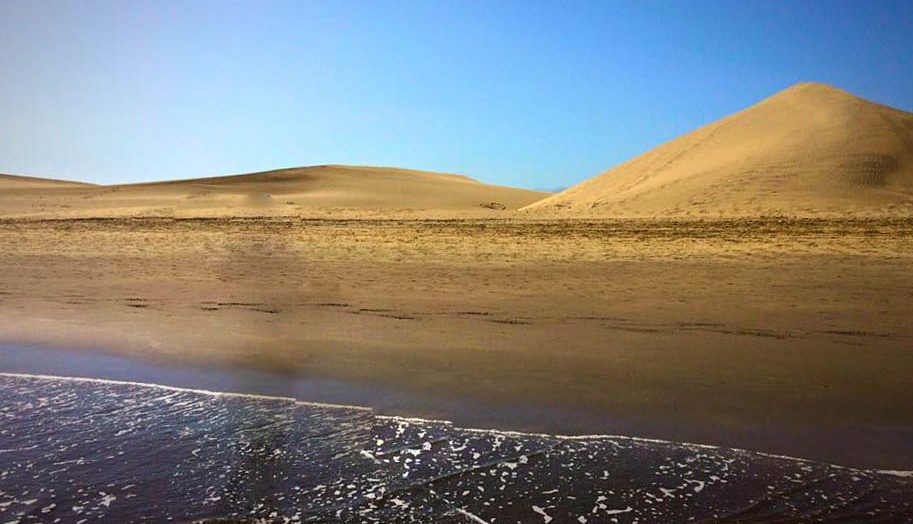
Geography
Gran Canaria, located in the center of the Canarian Archipelago, is the third-largest island of the Canary Islands (after Tenerife and Fuerteventura).
Right in the center of the island, you can find its highest peak, Pico de las Nieves (1949 m) rising from the mountains of the Cumbre.
The island has a volcanic origin and, the characteristic that best defines it, is the almost round shape and the landscape diversity. Due to its unique biodiversity, part of the marine area and 46% of the island´s surface, has been declared a biosphere reserve.
The geographical delimitation (North-South) is observed both through landscapes and climate change. Each area offers a microclimate that allows a fast transition from the warm area, passing the valleys and subtropical forests, to the high and cold areas where it occasionally snows (Pico de Las Nieves). The average annual temperature does not exceed 24 degrees and, the ocean temperature ranges between 18-22 degrees.
Gran Canaria is an island of contrasts where you can find everything you need: a place to relax, to have fun and where to spend the most beautiful holidays. This destination has a mixture of cultures, being a bridge between Europe, the USA, and Africa. But, above all, it managed to keep its local traditions alive.
Short History
It is said that the first settlers of the Canary Archipelago traveled from North Africa around II and III centuries a.C. But, the origin of its locals and its culture is not known exactly.
What is especially interesting is the uniqueness of the pre-Hispanic housing constructions. Thanks to the remains of houses and the reconstructions of them, we can discover a quadrangular-shaped structure. Externally is surrounded by a circular wall built in tuff or basalt.
The ceiling formed by wooden means was covered by stone slabs on which mud was placed. The interior walls and the floors of some houses were painted red.
Culture
One of the most important moments for the cultural development of the Canary Islands was at the end of the 15th century when Hispanic culture and tradition began to spread throughout the archipelago.
Gran Canaria is that place of passage, created by people from a thousand different origins. In their pass through the islands, the people have left their mark on it, enriching it by their contribution.
The island’s cultural wealth is found not only in museums or exhibition halls but also in its squares and buildings.
Among the most prominent cultural centers and museums are the Elder Museum of Science and Technology, Columbus House (Casa de Colón), and the Atlantic Center of Modern Art (CAAM). All of them are highly recommended visits found in the city of Las Palmas de Gran Canaria.
Nature
Gran Canaria is more than just sun and beach. It is also nature and wild landscapes such as Roque Nublo (an imposing volcanic monolith). From this high point, the views are breathtaking.
Nature, the traditional tasks typical of these areas, rural accommodation and tourist activities coexist under a sustainable and respectful strategy aimed to guarantee its continuity.
The island offers the possibility to practice many activities in nature. From visiting the botanical-zoological parks such as El Jardín Canario or Palmitos Park (south of the island) to the Museum and Archaeological Park Cueva Pintada (north of the island).
Thanks to its enviable locations free of light pollution, the island has achieved since 2017 the Starlight Tourist Destination*. Also, because of the historical connection with the original inhabitants of the island (the canarii), true wise connoisseurs of the sky.


*Starlight Tourist Destination – are locations with ideal conditions for observing the stars and where light pollution is controlled. This makes them logical destinations for tourism based on the appreciation of the sky as part of the natural world.
Gastronomy
All islands have similar traditional dishes although, each island gives its touch.
The most famous are the wrinkled potatoes with the sauce Mojo. There are two types of Mojo, red (with pepper as the main ingredient) or green (with the coriander as the main ingredient).
The island’s main products are goat meat, fresh and salted fish, coastal seafood, gofio (made from ground cereals), potatoes, and fruit. They have merged with foreign influences, giving rise to the Traditional Canarian Gastronomy.
The arrival of new settlers has brought new tastes, such as wine and cheese. You MUST try a tapa of assorted Canarian cheeses if you are a cheese lover. Therefore, in 2017, Gran Canaria won 16 prizes for the cheeses made here.
When we talk about meats, the best-known dishes are pork ribs with grilled corn and roast pork leg. Not to forget about the famous chorizo de Teror. If you go to visit the Teror Village you have to ask for the famous sandwich of chorizo.
In other words, to speak about Canarian cuisine is to talk about various influences, which result in highly diversified dishes. Here, textures, colors, and flavors combine to be pleasing to both the eye and the taste.
As for coffee, the best one is an espresso with sweetened condensed milk called Leche y Leche.
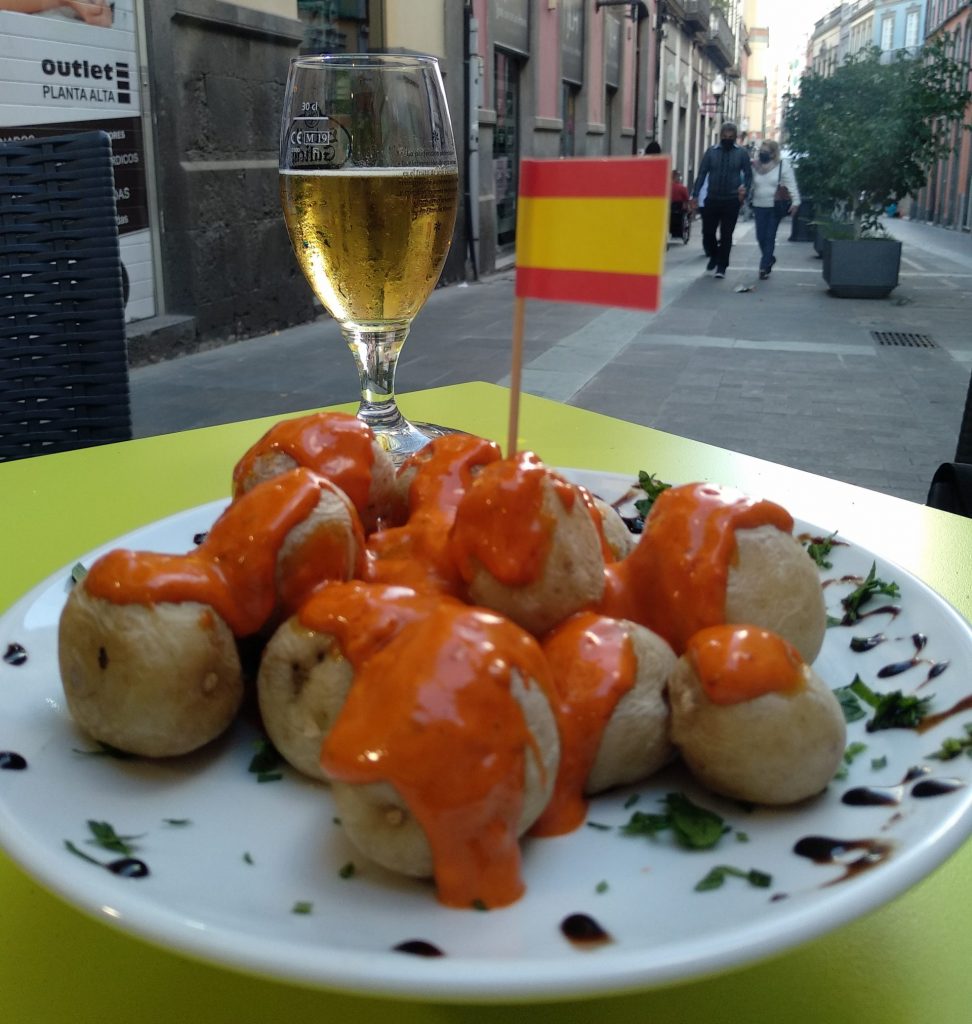
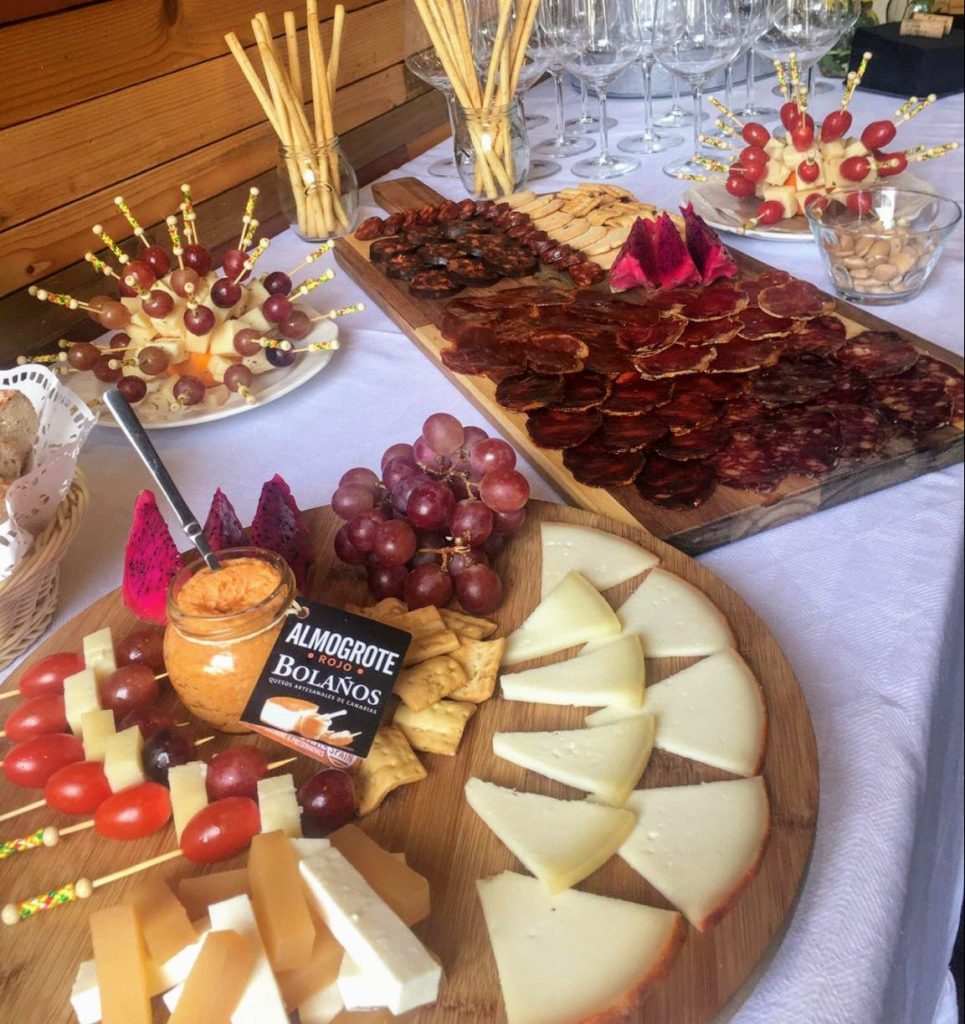
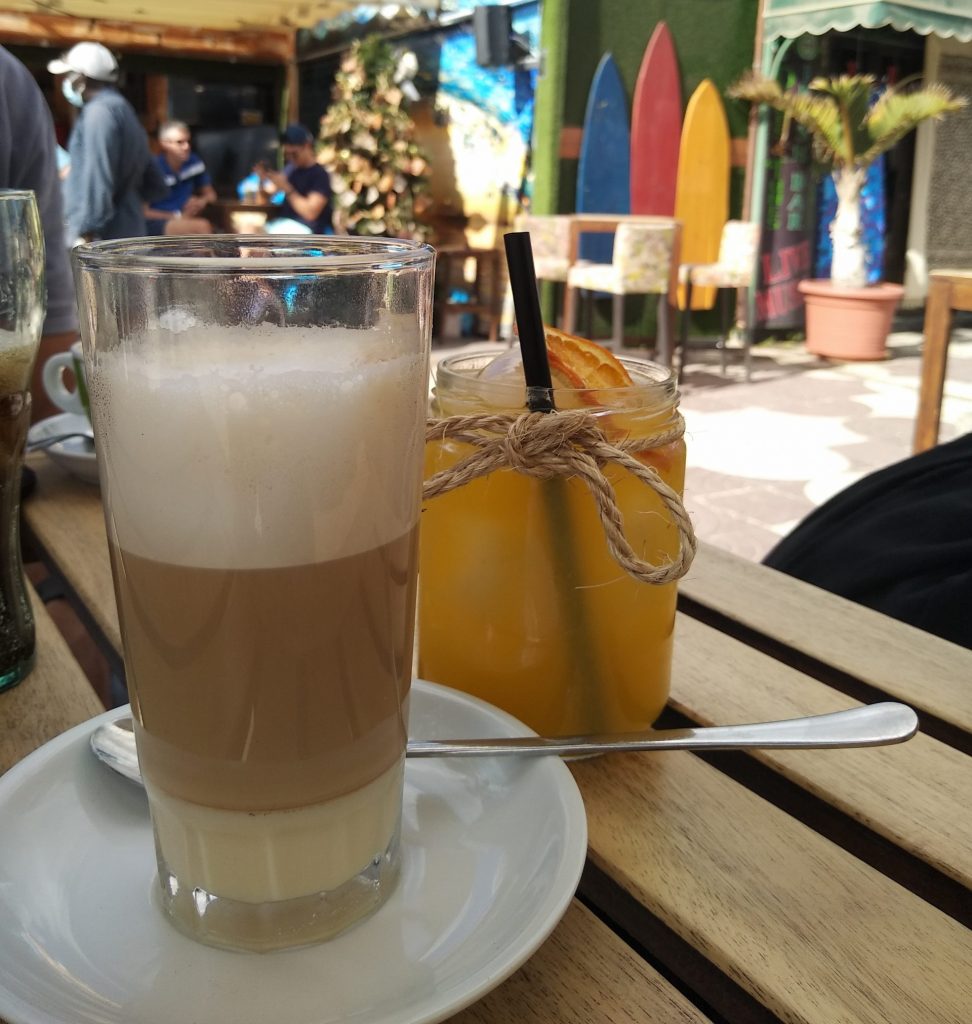
Sharing is caring:
You can find me on my social networks:

